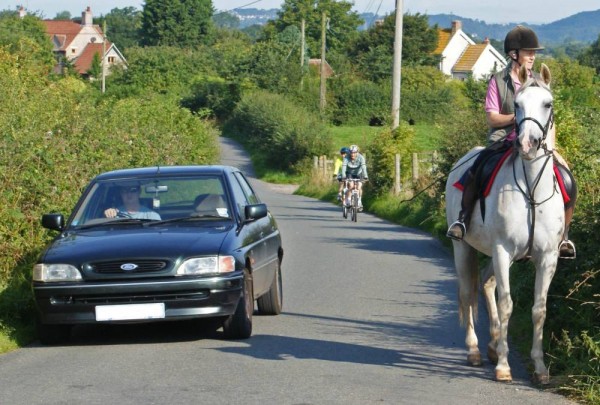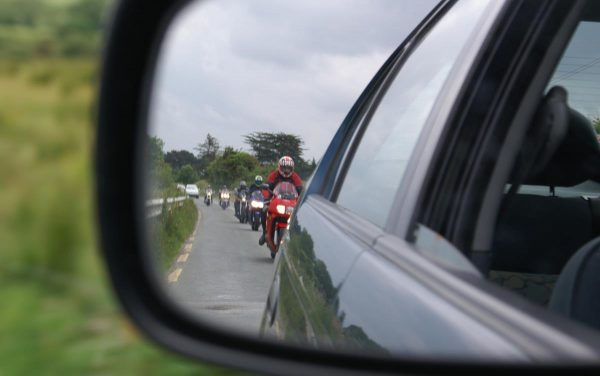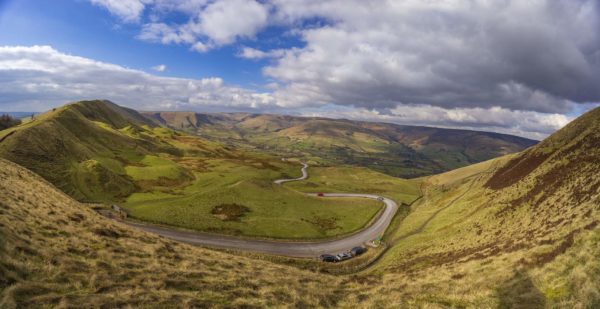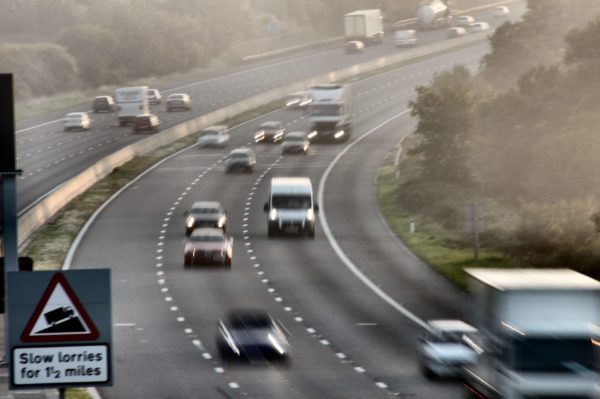Everyone needs to overtake someone at some point when driving, but picking a safe time and place to overtake is the key to minimising the risk.
Can you see far enough ahead?
These scenarios can restrict your view and you should avoid overtaking:
- Blind bends (i.e. you can’t see the exit of the bend)
- Humpback bridge of the brow of a hill where you can’t see beyond the crest
- Fog
- Sunstrike
- It’s a large vehicle and is obscuring your view ahead
- Spray from other vehicles is obscuring your view
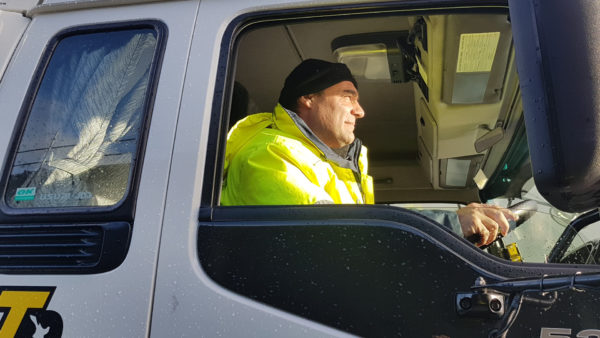
You would break the road rules
These scenarios would contravene traffic laws:
- You have passed a no-overtaking sign
- You have to use a lane you are not permitted to use (e.g. bus, tram or cycle lane) during its hours of operation
- You have to cross double white lines with a solid line on your side of the road
- A vehicle is waiting at a pedestrian crossing
- A vehicle is driving across a pedestrian crossing
- You would have to enter an area designed to divide traffic, if it’s surrounded by a solid white line
- You would have to exceed the speed limit to complete the manoeuvre.
Other road users may be put in danger
Avoid overtaking in these situations:
- Another vehicle is overtaking you
- You’re approaching a junction on either side of the road
- You’re approaching a chicane or narrowing
- There’s not enough room for both of your vehicles on the road
- Where you would have to drive on the verge to get past
- You’re approaching a school crossing patrol
- Where traffic is queuing at a junction, roadworks or crossing
- Where other road users may be forced to swerve, brake or stop to avoid you
- At level crossings
- When following a cyclist about to enter a roundabout if you are turning left
- Where there’s no clearly marked lane to pass when a tram is stopped
- On the left, unless a vehicle is indicating to turn right and is slowing down
- Where you don’t have enough power to get past the vehicle ahead, or you are likely to be unable to maintain your current speed (e.g. you’re driving a heavily laden lorry and approaching a long steep hill)
- A large lorry is indicating left (it may need to move to the right to make the turn)
- Where the vehicle you are overtaking would have to move to the right, for example, to pass stationary vehicles or other road users such as cyclists
- Where the vehicle is being escorted by police
- Where two lanes are merging
- When a lane is closing due to roadworks
- Where you might endanger an animal (e.g. a horse and rider)
- You are following another vehicle past a long vehicle (the vehicle ahead may abort the overtaking manoeuvre if a hazard develops ahead).
